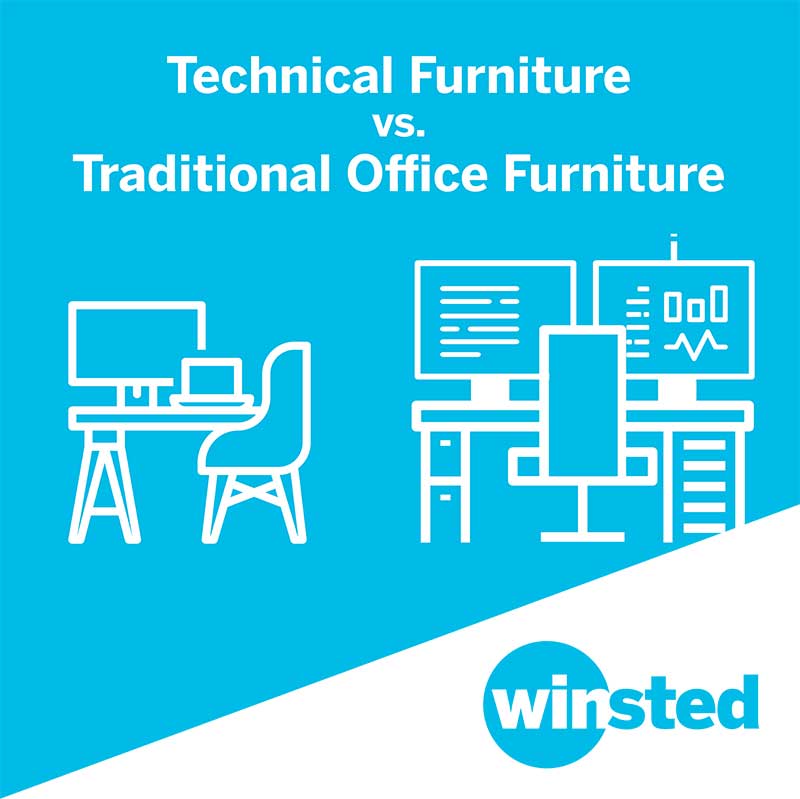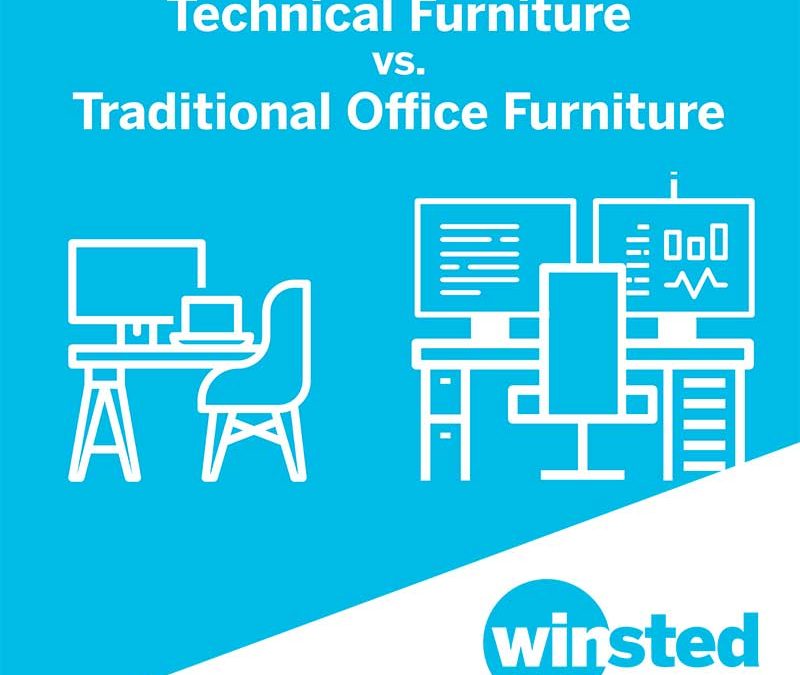FOR IMMEDIATE RELEASE <<<
How to select the right control room furniture for your needs
A well-built control room is an extension of the operator, providing optimal support through purposeful design and advanced technology. Control room furniture plays a significant role in minimizing distractions and maximizing focus.
 When building a control room, it’s important to understand the difference between technical furniture and traditional office furniture. Quality, durability, cable management, easy access, and ergonomics are key differentiators between average office desks and true technical furniture.
When building a control room, it’s important to understand the difference between technical furniture and traditional office furniture. Quality, durability, cable management, easy access, and ergonomics are key differentiators between average office desks and true technical furniture.
- Quality and Durability: If you’re investing in furniture for a control room, you should consider consoles and chairs that are made with longevity as a key feature.
Typical office furniture is used 2,080 hours a year, where control room furniture is used 8,760 hours a year.
Technical furniture is built for durability and is typically found in intensive, operational environments, such as emergency dispatch centers and control rooms, which utilize the workstations 24/7, 365 days a year. This type of furniture must be up to the task; the quality of its materials, surfaces, hardware components and even accessories must perform at a level that exceeds the expectations of a typical work environment.
Traditional office furniture is typically built with lower-cost materials and is designed to be used in either work or home settings. Most office furniture is made with materials that aren’t meant to withstand a continuous-use work environment. In most instances, they consist of frames and work surfaces that are constructed from wood composites, which means they are not built for heavy use. Technical furniture frames, on the other hand, are made from high-grade steel, and the work surfaces are crafted of highly durable materials that can withstand continuous use.
When regular office furniture is exposed to atypical use, such as in 24/7 operations, you can expect premature wear and tear, resulting in additional costs.
- Cable Management: Traditional office furniture typically only has keyboards, a mouse and monitor cables to house and manage. On the other hand, a continuous workspace has very large cable challenges.
Technical furniture is best suited for housing and managing large quantities of computer, audiovisual, communications or medical equipment and the associated peripherals. Office furniture, on the other hand, is designed to hold a computer, a monitor (or maybe two), a communication device and files. Unlike traditional office furniture, technical furniture is equipped with advanced cable management systems. This helps reduce clutter in your control room and makes it easier to access and move equipment.
- Easy Access: With so much technology and peripherals being packaged into technical furniture it’s imperative that there is easy access to cables, plugs, CPU’s, monitors, etc. that are essential to running the business. This is often overlooked and without easy access valuable time can be lost trying to add a new piece of technology. This easy access must be intuitive and flexible to adapt to new technology all measured in seconds not minutes or hours.
- Ergonomics: Arguably the most significant difference between office furniture and technical furniture is ergonomics. Traditional office furniture is designed to support users during a typical eight-hour workday. Technical furniture, on the other hand, is built specifically for 24/7 environments and is engineered to support operators in industries where focus and productivity are critical. Proper ergonomics leads to superior situational awareness, allowing operators to keep their mind in the game with fewer distractions.
Technical furniture is designed and manufactured with strict adherence to human factors and ergonomics, especially given the nature of critical operational environments.
If you are developing or updating a control room, you must assess room size, number of operators and technical needs (e.g., monitors, table space, etc.). You can start this assessment and your design process by using tools such as Winsted’s free WELS software. WELS is a user-friendly program that lets control room managers quickly design a solution that meets their needs.
Finding the right control room design and technical furniture can be done through Winsted’s 3D process; Discover. Design. Deliver. Through the 3D process customers and project management experts are able to clearly define the control room purpose and operator needs, engineer a space that includes the most appropriate technical furniture, and install per the specifications.

